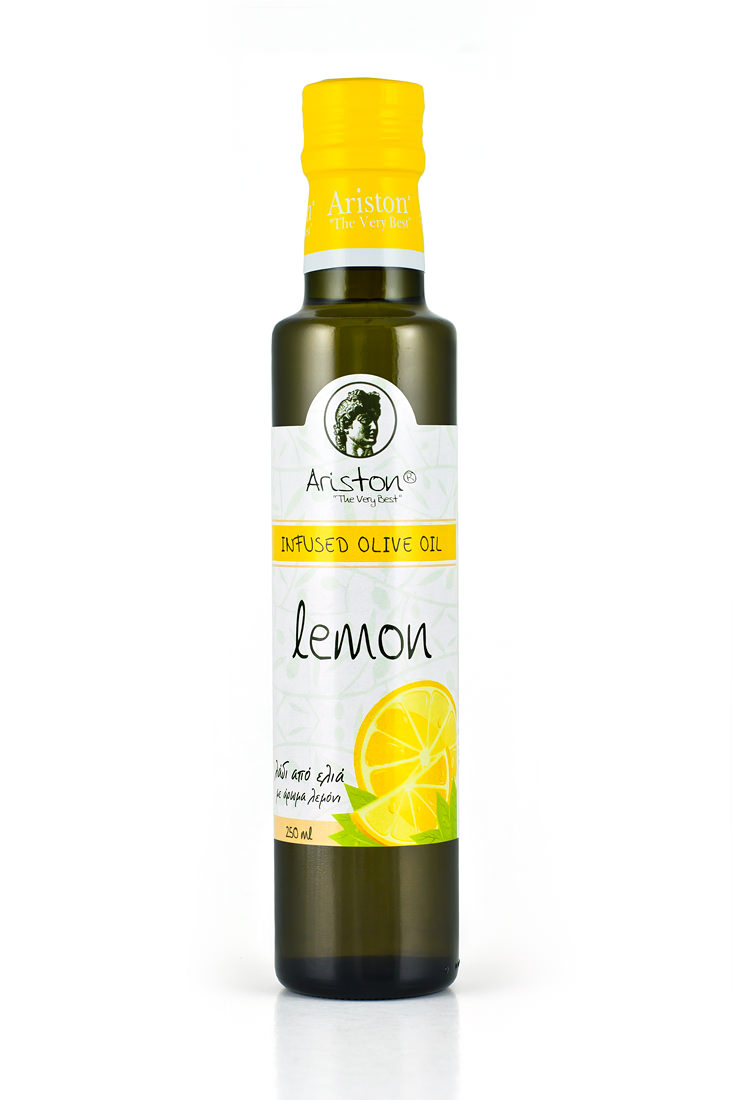

The Spartans and other Greeks used oil to rub themselves while exercising in the gymnasia.

#ARISTON OLIVE OIL SKIN#
Besides food, olive oil has been used for religious rituals, medicines, as a fuel in oil lamps, soap-making, and skin care application. Wild olives, which originated in Asia Minor, were collected by Neolithic people as early as the 8th millennium BC. Olive oil has long been a common ingredient in Mediterranean cuisine, including ancient Greek and Roman cuisine. 8.1 Comparison to other vegetable oils (below).
#ARISTON OLIVE OIL FREE#
Extra virgin olive oil is required to have no more than 0.8% free acidity and is considered to have favorable flavor characteristics. It consists mainly of oleic acid (up to 83%), with smaller amounts of other fatty acids including linoleic acid (up to 21%) and palmitic acid (up to 20%). The composition of olive oil varies with the cultivar, altitude, time of harvest and extraction process. Per capita consumption is highest in Greece, followed by Italy and Spain. Spain accounts for almost half of global olive oil production other major producers are Italy, Tunisia, Greece and Turkey.

Olive trees have been grown around the Mediterranean since the 8th millennium BC. The olive is one of three core food plants in Mediterranean cuisine the other two are wheat and grapes. It is also used in cosmetics, pharmaceuticals, and soaps, and as a fuel for traditional oil lamps, and has additional uses in some religions. It is commonly used in cooking, for frying foods or as a salad dressing. Olive oil is a liquid fat obtained from olives (the fruit of Olea europaea family Oleaceae), a traditional tree crop of the Mediterranean Basin, produced by pressing whole olives and extracting the oil. Without proper rendering support, you may see question marks, boxes, or other symbols. This article contains special characters. Extra virgin olive oil presented with green and black preserved table olivesġ90–215 ☌ (374–419 ☏) (extra virgin)


 0 kommentar(er)
0 kommentar(er)
